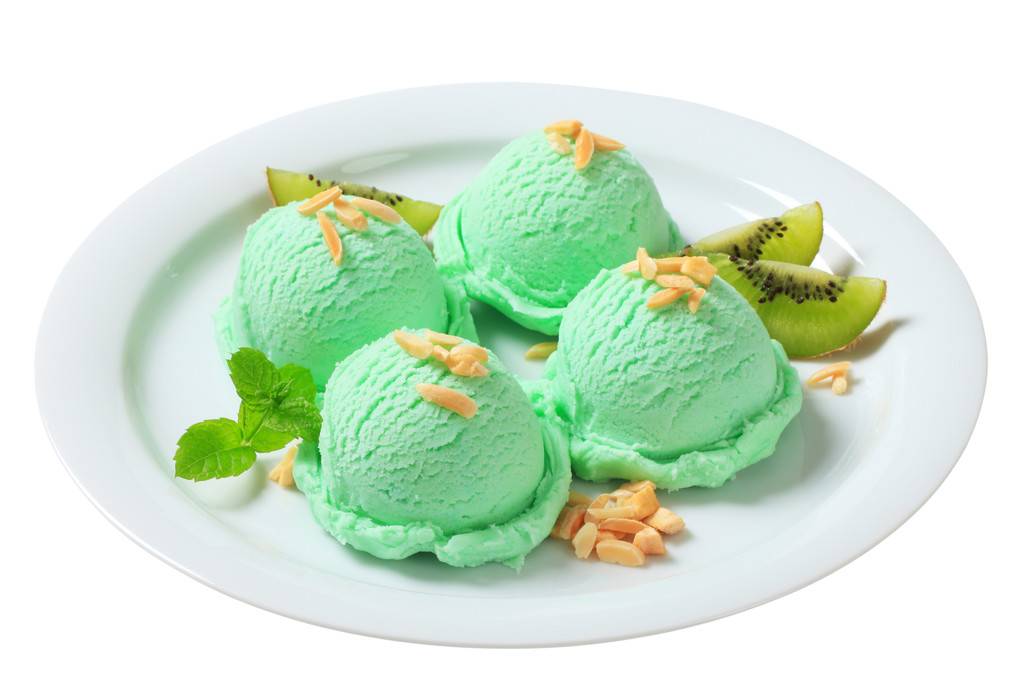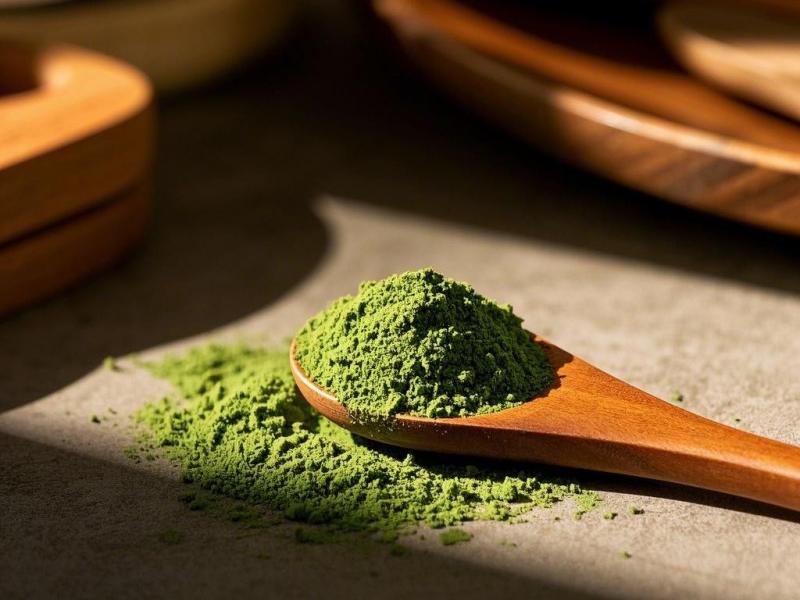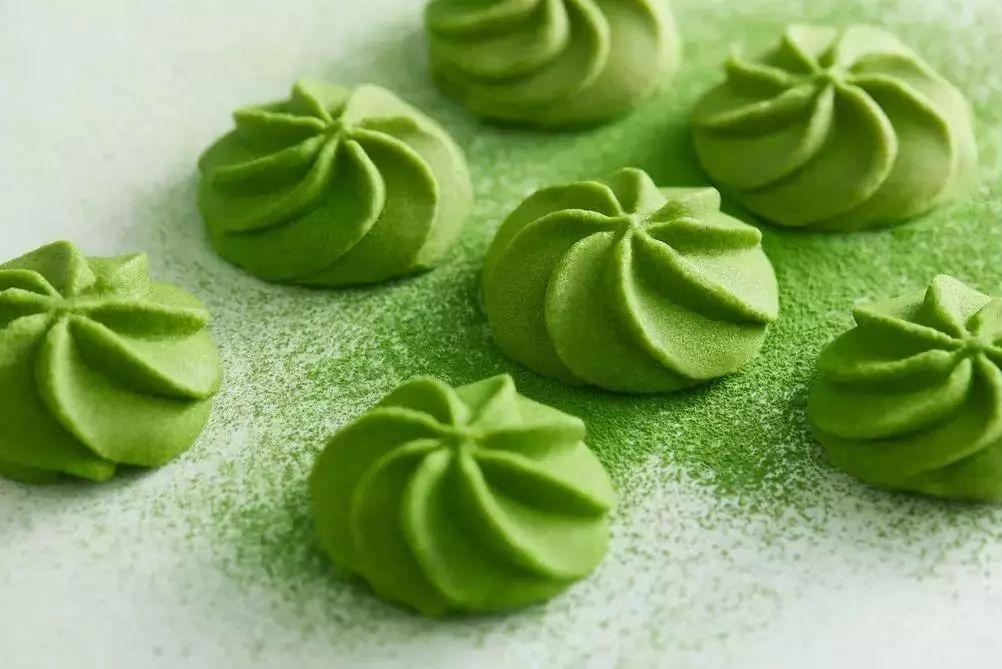What Is Spirulina in Hindi?
Spirulina is an ideal food for the future of mankind. Its algae contain various ingredients such as phycocyanin, polyphenols, carotenoids, vitamins and sterols, and have no toxic side effects. They have a good effect in the treatment of various diseases [1, 2]. Health foods made from spirulina can also enhance the body's immune system, improve digestive system function, and improve intestinal health [3]. In addition, due to its low farming cost, spirulina can also be used in other fields such as food additives, feed and cosmetics [4].
In short, spirulina is rich in a variety of nutrients and has great benefits for improving health, which is why it has attracted worldwide attention and research [5]. This article takes the biological characteristics of spirulina as an entry point, focusing on two parts: the cultivation and processing technology of spirulina, and the nutritional composition and functional research. It also looks at the prospects for the application of spirulina and finally provides a summary of the relevant content. The aim is to provide a reference for a comprehensive understanding of spirulina and a theoretical basis for the development of the spirulina industry.
1 Biological characteristics
Spirulina (Arthrospira) in Hindi, belonging to the class of cyanobacteria, the family of vibrio, the genus of spirulina (Arthrospira), contains chlorophyll in its body, is a photosynthetic autotrophic, is a spiral-shaped multicellular aquatic prokaryotic organism capable of photosynthesis [6]. Spirulina cells are loosely or tightly and regularly curved and contain air bubbles. They float well and do not have a gel coat on the surface, so they are not easily attached by microorganisms [7].
Spirulina reproduces by binary fission [8, 9], which is a fast reproduction method. It is also highly adaptable to its growth environment and can grow in alkaline environments with high light and mineral content [10]. It can also survive in harsh environments such as alkaline (pH = 8.5–10.5) salt lakes with high concentrations of sodium ions [11, 12]. Through domestication, commercial cultivation of spirulina can also be carried out in large outdoor or greenhouse environments under certain conditions [13]. Common spirulina products include spirulina powder and spirulina tablets, as shown in Figure 1.
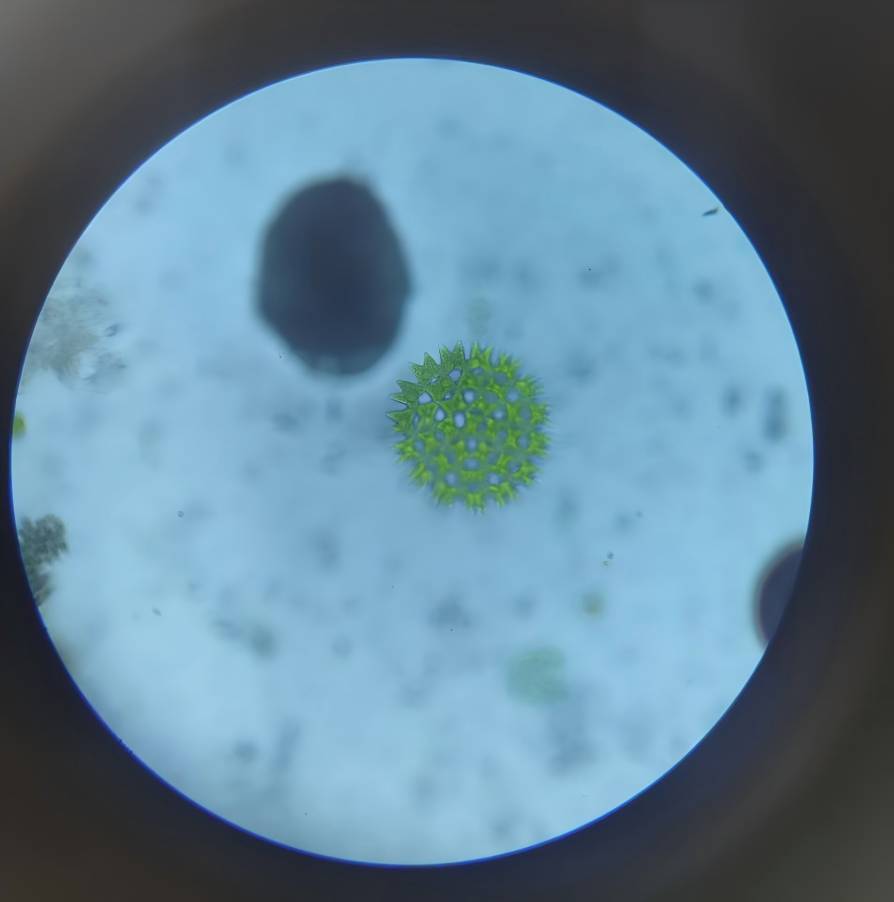
2 Spirulina cultivation and processing technology
2.1 Cultivation technology
Spirulina cultivation in Hindi is affected by a variety of factors, including light, pH, temperature, water quality and the content of trace elements such as carbon, nitrogen, phosphorus, potassium, sulfur, magnesium and sodium [14]. Many studies have shown that spirulina itself does not produce harmful substances, but other types of blue-green algae that live in symbiosis with it can produce toxins, which affects the edible value of spirulina. Therefore, spirulina cultivation must be carried out in a closed and carefully managed environment [15, 16]. Spirulina can be cultivated in an open system (Figure 2) or a closed system photovoltaic reactor (Figure 3). Open systems refer to open-air cultivation ponds, while closed systems provide a suitable cultivation environment for algae by regulating the temperature, pH value, carbon dioxide and water supply, and light [17] without exchanging pollutants and gases with the surrounding environment. Studies have shown that spirulina grows best at a temperature of 30-35°C, a pH of 8.0-10.0, and with an appropriate amount of carbon dioxide. In addition, since spirulina grown in a closed environment is free from contamination, it can be more smoothly processed and used in food production[18].
2.2 Processing technology
Spirulina processing is divided into four important steps: cultivation, harvesting, drying and sterilization [19]. In the cultivation step, the first thing to do is to obtain high-quality algae, which is also the basis of spirulina processing. After obtaining the algae, it is necessary to cultivate the algae under aseptic conditions to prevent contamination by external bacteria and viruses. The growth of the algae should be observed regularly, and the cultivation conditions should be adjusted in time to ensure the growth rate and quality of the algae.
Harvesting is an important part of spirulina processing, which can directly affect the quality and yield of spirulina in the later stage. Generally, the algae are harvested when the cell volume is at its maximum [20]. The methods usually used are filtration and centrifugation. Since damage to the spirulina can affect its quality and taste, care should be taken to avoid it during the harvesting process [21].
The harvested algae must be dried to remove the water in the spirulina for transportation and storage. Drying methods include natural drying and artificial drying. Natural drying involves placing the harvested algae slurry in a ventilated area and drying it with natural wind. Artificial drying methods include drying, microwaving, freezing and vacuum drying [22]. Spirulina must be dried promptly after harvesting, and the temperature should be kept below 80°C during artificial drying. High temperatures can reduce the quality of the algae powder and cause nutrients to be lost [23].
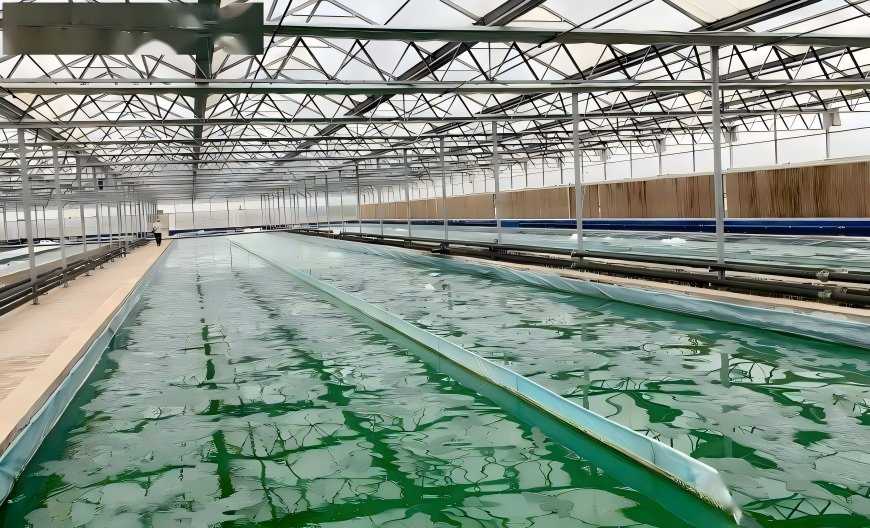
Sterilization of algal powder is the last step in spirulina processing. Sterilization methods include ultraviolet sterilization, microwave sterilization and high temperature sterilization [24]. Generally, small-scale processing uses ultraviolet sterilization and microwave sterilization, while large-scale production uses high temperature sterilization. For microwave sterilization and high temperature sterilization, attention should be paid to controlling the temperature and time. The main methods used in each step of spirulina processing technology are shown in Table 1.
3 Research on the nutrients and functions of spirulina
3.1 Nutritional composition
As a microalgae with high edible nutritional value, spirulina contains all the ideal nutrients for human consumption in a certain proportion, including protein, minerals, vitamins, carbohydrates and trace elements [25]. Spirulina is also a rich source of protein, containing about 60% to 70% vegetable protein [26].
Spirulina is also very rich in vitamins, including vitamin B1, vitamin B2, vitamin B12 and vitamin E. Vitamin B12 is a trace element that is difficult to obtain from foods such as fruits and vegetables. Animal liver has long been considered the best source of vitamin B12, but spirulina is 4 times richer in B12 than animal liver [27]. In addition, spirulina contains 30 times more beta-carotene than carrots[23]. Beta-carotene, as a precursor for the synthesis of vitamin A in the body, plays an important role in antioxidant properties, reproductive performance, immune function, etc., and animals cannot synthesize it on their own, so they can only obtain it from food[28, 29]. Other trace elements: Spirulina is rich in minerals such as iron, magnesium, calcium and phosphorus. Its iron content is 20 times that of wheat [30]. Therefore, eating spirulina can compensate for iron deficiency caused by the low intake of animal foods.
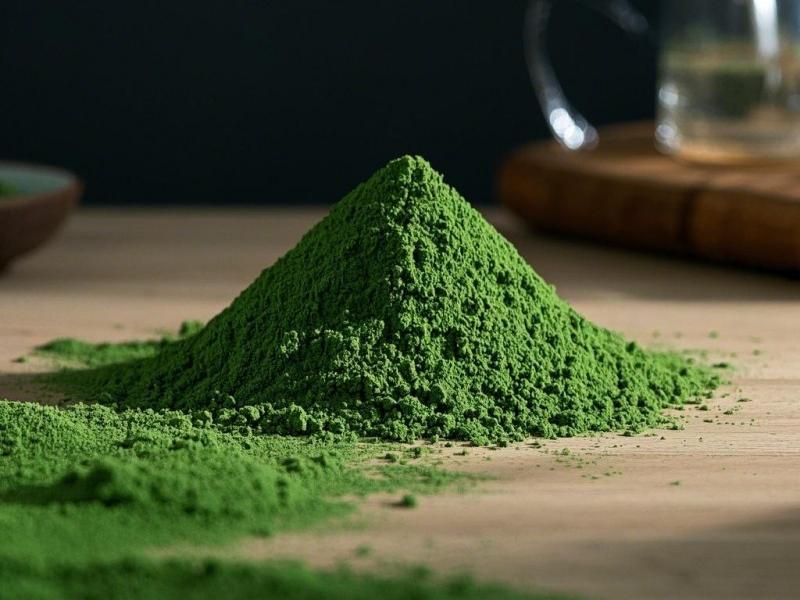
3.2 Function
3.2.1 Antioxidant properties
Spirulina is rich in natural antioxidants such as phycocyanin, β-carotene, vitamins and minerals, giving it strong antioxidant properties. These substances can effectively remove residual free radicals in the body, prevent DNA damage, increase the activity of superoxide dismutase and catalase, significantly reduce oxidative stress, i.e. reduce the attack of free radicals on cells, maintain the stability of the internal and external environment of the cells, and maintain normal cell metabolism in the body [31]. Luo Aiguo et al. [32] extracted spirulina platensis protein and measured its free radical scavenging rate, and the results showed that when a certain amount of spirulina protein is reached, it can achieve the antioxidant capacity of VC. In addition to studies that directly tested the antioxidant properties of spirulina, Hassanzadeh et al. [33] added wheat germ powder and spirulina to a new functional juice formula. The results showed that when the content of spirulina and wheat germ was 1%, the antioxidant capacity of the functional beverage increased from 90% to 98%, and the sensory evaluation also reached the highest. Physicochemical tests showed that the addition of spirulina and wheat germ powder had a relatively small effect on the pH and acidity of the product, but did improve the whiteness, dry matter and protein content.
3.2.2 Immune regulation
Spirulina in Hindi is a powerful immune enhancer that can increase the phagocytic activity of macrophages, cause natural killer (NK) cells to accumulate in tissues, and stimulate the production of antibodies and cytokines to improve immune function [34]. Lv Xiaohua et al. [35] found that spirulina polysaccharides significantly regulate the immune cell cycle process by injecting spirulina polysaccharides into immunocompromised mice and using techniques such as flow cytometry to detect the cell cycle of spleen and thymus cells in immunocompromised mice. At the same time, the phagocytic function and the ability to secrete interleukin-1 (IL-1) and nitric oxide (NO) of mouse macrophages were detected using colorimetry. It was found that the phagocytic ability, IL-1 secretion ability and NO ability of macrophages in immunocompromised mice injected with spirulina polysaccharides were significantly enhanced, which further confirmed that spirulina polysaccharides have the effect of regulating the immune function of macrophages.
Previous studies have shown that spirulina polysaccharides are composed of glucose and rhamnose. Spirulina crude polysaccharides were purified and distilled by high performance liquid chromatography, infrared spectroscopy, and nuclear magnetic resonance. obtaining polysaccharides of spirulina platensis-1 (PSP-1) and polysaccharides of spirulina platensis-2 (PSP-2). The two polysaccharides were structurally analyzed and found to be both branched chain glucans. This type of polysaccharide can enhance the body's ability to resist viral and bacterial infections. In addition, in order to evaluate the immunomodulatory ability of spirulina polysaccharides, the study further tested the effects of polysaccharides on cell proliferation, NO production, and the expression of related cytokines. It was found that spirulina polysaccharides can significantly improve the phagocytic capacity of macrophages and stimulate macrophages to produce NO. NO can play an immunomodulatory role in improving immune protection and reduce immune damage and other immune regulatory effects. It can also secrete inducible nitric oxide synthase (iNOS) antibodies and interleukin-6 (IL-6) to fight pathogens (Figure 4). Therefore, spirulina polysaccharides have a certain immunomodulatory ability [36].
3.2.3 Metabolic syndrome
Metabolic syndrome, including diabetes, obesity, hypertension, lipid disorders, insulin resistance, and hyperinsulinemia, can increase the risk of cardiovascular disease and affect human health [37]. Studies in recent years have shown that spirulina can intervene in these diseases. Arthur et al. [38] reported that spirulina can lower arterial blood pressure and improve vascular reactivity in spontaneously hypertensive rats, and both effects are related to a decrease in arterial thickness and stiffness. Chen et al. [39] found that spirulina is a potential lipid-lowering functional ingredient that can reduce body weight and blood lipids to some extent in rats fed a high-fat diet, and even promote the repair of fatty liver. Hamedifard et al. [40] found that adding spirulina to the diet of patients with metabolic syndrome can reduce their fasting blood glucose and insulin concentrations. These studies suggest that spirulina has a positive effect on the treatment of metabolic syndrome and has the ability to prevent the disease.
4 Prospects for the application of spirulina
4.1 Food applications
4.1.1 Snack foods
Spirulina powder is rich in protein and minerals, so it is widely added to snack foods such as biscuits. At present, spirulina and chlorella algae have been added to some popular wheat biscuits as a source of protein, antioxidants and bioactive molecules at rates of 2% and 6% respectively. Adding 6% spirulina and chlorella can also significantly increase the protein content and antioxidant properties of the food [41].
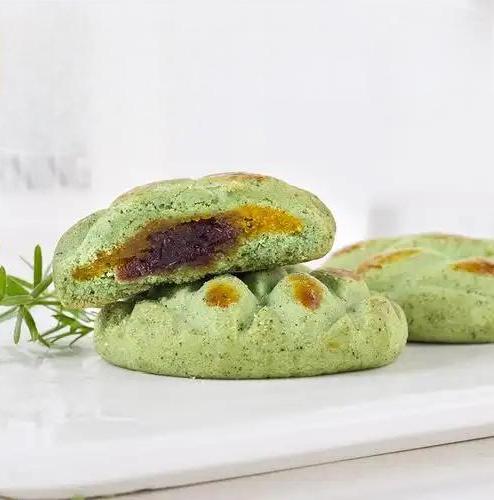
4.1.2 Pasta
Spirulina algae have been widely used in the manufacture of pasta. Compared with pasta without spirulina, pasta with spirulina has enhanced nutritional, sensory and therapeutic benefits [42]. Adding 5% and 10% spirulina to wheat flour to make pasta can increase the protein and energy content of the pasta to 10.32% and 14.50%, respectively [43]. In addition, adding spirulina in different proportions can also significantly improve the chemical properties of pasta. Studies have shown that adding 0.25% spirulina to pasta gives the highest score in taste evaluation, thereby enhancing the product in terms of nutritional composition, sensory evaluation, and functional therapeutic capabilities [44].
4.1.3 Dairy products
Spirulina can be used in a variety of dairy products. Mocanu et al. [45] used Spirulina platensis as a nutrient for fermented dairy products and studied the effect of Spirulina platensis on the probiotic bacteria Bifidobacterium animalis and Lactobacillus acidophilus during cultivation and storage. The results showed that during storage, Spirulina platensis can improve the survival stability of Bifidobacterium animalis and Lactobacillus acidophilus in the product. In the preparation of cheese, adding 1% of Spirulina platensis is most suitable for improving the physical and chemical properties and taste of the cheese. It can also significantly increase the protein, water, and β-carotene content of the product and reduce the fat content, thereby having a beneficial effect on the human body [46].
4.2 Feed application
4.2.1 Aquatic feed
Spirulina can be used as a feed additive for fish and shrimp to improve their growth rate and disease resistance. Liu Cui et al. [47] added spirulina to the feed of yellow catfish, which improved the body color of the fish and increased their antioxidant capacity and disease resistance. Yu Wei et al. [48] added spirulina to the feed of largemouth bass at a certain concentration, which not only significantly promoted the growth rate of the bass, but also increased the intestinal protease activity of the bass, enhancing its immune and antioxidant capacity.
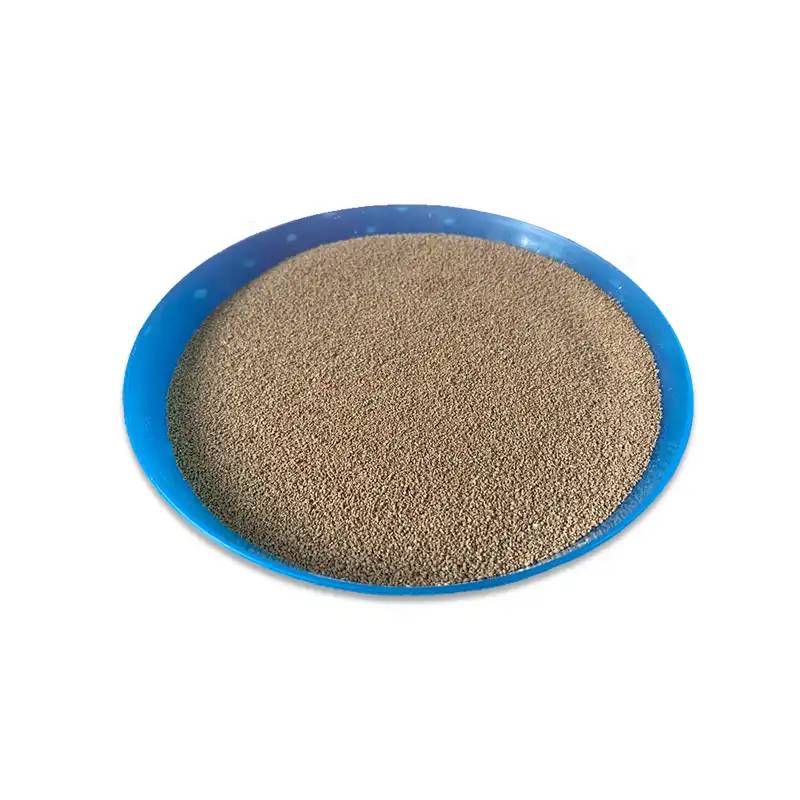
4.2.2 Livestock and poultry feed
Spirulina can not only be used as an additive in aquafeed, but also in livestock and poultry feed. Wanshunkang et al. [49] added spirulina polysaccharides to the feed of chicks as an additive. After 42 days of feeding, it was found that the addition of spirulina polysaccharides effectively improved the immune function and antioxidant capacity of the chicks. In recent years, spirulina has been used to feed dairy cows instead of soybeans in the basic diet, which shows that spirulina can be used as a source of protein for dairy cows and has a positive effect on improving the protein content of milk [50].
5 Outlook
Spirulina is a type of algae with a complex life cycle. Based on morphological, physiological and ecological characteristics, spirulina is divided into various types, including Arthrospira platensis, Arthrospira maxima, etc. The nutritional composition of these different types of spirulina varies, and the appropriate species can be selected according to different needs. The cultivation and propagation of spirulina is a key aspect in achieving its large-scale application. In recent years, researchers have been exploring new cultivation methods and optimizing cultivation conditions to improve the growth rate of spirulina. In addition, by selecting the appropriate culture medium and additives, the nutritional composition and functional content of spirulina, such as protein, β-carotene, polyunsaturated fatty acids, dietary fiber, etc., which have multiple benefits for human health, can be significantly improved. These ingredients can enhance immunity, resist oxidation, resist inflammation, etc.
At present, spirulina has been widely used in food, feed, medicine, cosmetics and other fields. With people's increasing understanding of spirulina, its application fields are also expanding. Although significant progress has been made in the research of spirulina, there are still many problems that need to be solved. Future research needs to further explore the biological characteristics and ecological characteristics of spirulina to better understand its growth and reproduction mechanisms, and optimize the culture conditions and processes, thereby increasing the growth and reproduction rate of spirulina. It also needs to conduct in-depth research on other functional ingredients in spirulina to explore its potential for more applications.
In short, spirulina, as a microalgae with important economic value and application potential, is of great significance for human health and environmental protection.
Reference:
[1] TROTTA T ,PORRO C ,CIANCIULLI A ,et al . Beneficial effects of Spirulina consumption on brain health[J] . Nutrients ,2022 ,14(3) :676.
[2] Hou Zhaoquan, Liu Xinyang, Shi Chao, et al. Study on the extraction of phycocyanin from spirulina by freeze-thawing and ultrasonic crushing [J]. Journal of Inner Mongolia Agricultural University (Natural Science Edition), 2017, 38(2): 69-75.
[3] KUMAR R,SHARMA V,DAS S,et al . Arthrospira platensis (Spirulina) fortified functional foods ameliorate iron and protein malnutrition by improving growth and modulating oxidative stress and gut microbiota in rats[J] . Food & Function ,2023 ,14(2) :1160-1178.
[4]HAOUJAR I, HAOUJAR M, ALTEMIMI A B, et al. Nutritional, sustainable source of aqua feed and food from microalgae: a mini review [J]. International Aquatic Research, 2022, 14(3).157-167.
[5] NASCIMENTO R Q,DEAMICI K M,TAVARES P P L G ,et al . Improving water kefir nutritional quality via addition of viable Spirulina biomass[J] . Bioresource Technology Reports ,2022 ,17 :100914.
[6] ALFADHLYN K Z,ALHELFI N,ALTEMIMI AB,et al .Trends and technological advancements in the possible food applications of Spirulina and their health benefits:a review[J] . Molecules ,2022 ,27(17) :5584.
[7] Xiao Jun, Teng Jilin. Research progress of the plant Spirulina [J]. Biology Teaching, 2014, 39(5): 7-8.
[8]MOGALE M. Identification and quantification of bacteria associated with cultivated Spirulina and impact of physiological factors[D]. Cape Town:University of Cape Town, 2016.
[9]EL-MONEM A M A, GHARIEB M, HUSSIAN A-E M, et al. Effect of pH on phytochemical and antibacterial activities of Spirulina platensis[J]. International Journal of Applied Environmental Sciences , 2018, 13(4): 339-351.
[10] HEREDIA-ARROYO T,WEI W,RUAN R,et al .Mixotrophic cultivation of Chlorella vulgaris and its potential application for the oil accumulation from non-sugar materials[J] . Biomass and Bioenergy ,2011 ,35(5):
2245-2253.
[11] ANANYEV G ,CARRIERI D ,DISMUKES G C . Optimization of metabolic capacity and flux through environmental cues to maximize hydrogen production by the cyanobacterium “Arthrospira (Spirulina) maxima ” [J] . Applied and Environmental Microbiology ,2008 ,74(19) :6102-6113.
[12] Cao J, Wang ZH, Duan R, et al. Research on the key factors affecting the pitch and growth of spirulina [J]. Food and Fermentation Technology, 2022, 58(6): 32-38.
[13] SOTIROUDIS T , SOTIROUDIS G . Health aspects of Spirulina (Arthrospira) microalga food supplement[J] . Journal of the Serbian Chemical Society ,2013 ,78(3) :395-405.
[14] ALFADHLYN K Z,ALHELFI N,ALTEMIMI A B,et al . Tendencies affecting the growth and cultivation of genus Spirulina:an investigative review on current trends[J] . Plants ,2022 ,11(22) :3063.
[15] ROY-LACHAPELLE A ,SOLLIEC M ,BOUCHARD M F ,et al . Detection of cyanotoxins in algae dietary supplements[J] . Toxins ,2017 ,9(3) :76.
[16] PAPADIMITRIOU T ,KORMAS K ,VARDAKAE . Cyanotoxin contamination in commercial Spirulina food supplements[J] . Journal of Consumer Protection and Food Safety ,2021 ,16(3) :227-235.
[17]Islam AA, Rahman M M, Islam M R, et al. Use ofSpirulina in Fish Culture[D]. Dhaka:BSMRAU, 2018.
[18] DANESI E D G,NAVACCHI M F P,TAKEUCHI K P,et al .Title:application of Spirulina platensis in protein enrichment of manioc based bakery products[J] . Journal of Biotechnology ,2010 ,150 :311.
[19] Xu Honggao, Zhou Qile, Lu Fei, et al. Research progress in the cultivation, processing and safety of spirulina [J]. Jiangsu Agricultural Sciences, 2021, 49(6): 10-19.
[20] Xue Xiangwu. High-yield spirulina cultivation technology [J]. Fujian Fisheries, 2004, (4): 59-60.
[21] SONI RA,SUDHAKAR K,RANA R S . Spirulina-From growth to nutritional product:a review[J] . Trends in Food Science & Technology ,2017 ,69 :157-171.
[22]NOURI E, ABBASI H. Effects of Different Processing Methods on Phytochemical Compounds and Antioxidant Activity of Spirulina platensis[J]. Applied Food Biotechnology, 2018, 5(4): 221-232.
[23] Liu Yuhuan, Li Caixia, Li Donglian. Study on the extraction process and stability of phycocyanin after vacuum freeze-drying [J]. Chinese Journal of Food and Nutrition, 2016, 22(9): 51-55.
[24] Liu Yunpeng, You Shengbo, Ma Deyuan, et al. Effect of different sterilization methods on the nutritional efficacy of spirulina and its fermentation products [J]. Shandong Agricultural Science, 2019, 51(10): 65-70.
[25] ALTMANN B A ,ROSENAU S . Spirulina as animal feed:opportunities and challenges[J] . Foods ,2022, 11(7) :965.
[26] RAVINDRAN B,GUPTA S,CHO W M,et al . Microalgae potential and multiple roles—current progress and future prospects—an overview[J] . Sustainability ,2016 ,8(12) :1215.
[27] YIN C,UNIVERSITY M.Tackling community undernutrition at lake Bogoria,Kenya:the potential ofspirulina (Arthrospira fusiformis) as a food supplement[J].AFRICAN JOURNAL OF FOOD ,AGRICULTURE , NUTRITION AND DEVELOPMENT ,2017 ,17(1) :11603-11615.
[28] Wei Qiaoli. Research on the effect of β-carotene on fat synthesis in beef cattle [D]. Tai'an: Shandong Agricultural University, 2014.
[29] VON LINTIG J . Provitamin A metabolism and functions in mammalian biology[J] . The American Journal of Clinical Nutrition ,2012 ,96(5) :1234S-1244S.
[30] ABDEL-DAIM M M,ABUZEAD S M M,HALAWA S M . Protective role ofSpirulina platensis against acute deltamethrin-induced toxicity in rats[J] . PLoS One ,2013 ,8(9) :e72991.
[31] CALELLAP,CERULLO G,DI DIO M,et al .Antioxidant,anti-inflammatory and immunomodulatory effects of spirulina in exercise and sport:a systematic review[J] . Frontiers in Nutrition ,2022 ,9 :1048258.
[32] Luo Aiguo, Dong Hongping, Ma Jianhua, et al. In vitro antioxidant capacity of spirulina platensis protein [J]. Feed Research, 2020, 43(5): 58-61.
[33] HASSANZADEH H ,GHANBARZADEH B ,GALALI Y ,et al . The physicochemical properties of the spirulina-wheat germ-enriched high-protein functional beverage based on pear-cantaloupe juice[J] . Food Science & Nutrition ,2022 ,10(11) :3651-3661.
[34] GADA S,KHADRAWY YA,EL-NEKEETYAA,et al . Antioxidant activity and hepatoprotective effects of whey protein and Spirulina in rats[J] . Nutrition ,2011 ,27(5) :582-589.
[35] Lv Xiaohua, Chen Ke, Chen Wenqing, et al. Immunomodulatory effect of spirulina polysaccharide on immunocompromised mice [J]. Chinese Journal of Hospital Pharmacy, 2014, 34(19): 1617-1621.
[36] LI J,ZHANG Y Q,YANG S,et al . Isolation,purification,characterization,and immunomodulatory activity analysis of α-glucans from Spirulina platensis[J] . ACS Omega ,2021 ,6(33) :21384-21394.
[37] ALKHULAIFI F,DARKOH C . Meal timing,meal frequency and metabolic syndrome[J] . Nutrients,2022, 14(9) :1719.
[38] ARTHUR-ATAAM J ,BIDEAUX P ,CHARRABI A ,et al . Dietary supplementation with silicon-enriched Spirulina improves arterial remodeling and function in hypertensive rats[J] . Nutrients ,2019 ,11(11) :2574.
[39] HAMEDIFARD Z,MILAJERDIA,REINER Z,et al . The effects ofspirulina on glycemic control and serum lipoproteins in patients with metabolic syndrome and related disorders:a systematic review and meta-analysis of randomized controlled trials[J] . Phytotherapy Research ,2019 ,33(10) :2609-2621.
[40] CHEN H P,ZENG F,LI S M,et al .Spirulina active substance mediated gut microbes improve lipid metabolism in high-fat diet fed rats[J] . Journal of Functional Foods ,2019 ,59 :215-222.
[41] BATISTA A P,NICCOLAI A,BURSIC I,et al .Microalgae as functional ingredients in savory food products:application to wheat crackers[J] . Foods ,2019 ,8(12) :611.
[42]MOSTOLIZADEH S S, MORADI Y, MORTAZAVI M, et al. Effects of incorporation Spirulina platensis (Gomont, 1892) powder in wheat flour on chemical, microbial and sensory properties of pasta [J]. Iranian Journal of Fisheries Sciences, 2020, 19: 410-20.
[43] LEMESA C,TAKEUCHI K P,DE CARVALHO J C M,et al . Fresh pasta production enriched with Spirulina platensis biomass[J] . Brazilian Archives of Biology and Technology ,2012 ,55(5) :741-750.
[44] LAFARGA T ,FERNÁNDEZ-SEVILLA J M ,GONZÁLEZ-LÓPEZ C ,et al . Spirulina for the food and functional food industries[J] . Food Research International ,2020 ,137 :109356.
[45]MOCANU G D, BOTEZ E, NISTOR O V, et al. Influence of Spirulina platensis biomass over some starter culture of lactic bacteria [J]. Journal ofAgroalimentary Processes and Technologies, 2013, 19(4): 474-479.
[46] WINARNIAGUSTINI T,FARID MA ’RUF W,WIDAYAT W,et al . Application ofspirulina platensis on ice cream and soft cheese with respect to their nutritional and sensory perspectives[J] . Jurnal Teknologi ,2016 , 78(4-2): 245-251.
[47] Liu Cui, Liu Haokun, Zhu Xiaoming, et al. Comparative study on the regulation of growth, antioxidant capacity and abnormal body color of hybrid yellow catfish by adding spirulina and lutein to the feed [J]. Acta Hydrobiologica Sinica, 2021, 45(5): 1024-1033.
[48] Yu Wei, Yang Yukai, Chen Zhibin, et al. Effects of spirulina supplementation on growth performance, digestive enzyme activity, hematological indices and antioxidant capacity of flower bass [J]. Southern Fisheries Science, 2019, 15(3): 57-67.
[49] Wanshunkang, Zuo Shaoyuan, Zhang Cuixiang. Effect of spirulina polysaccharide on growth performance, immune function and biochemical indicators of broiler chickens [J]. Feed Research, 2013(9): 70-73.
[50] MANZOCCHI E ,GUGGENBÜHL B ,KREUZER M ,et al . Effects of the substitution of soybean meal by spirulina in a hay-based diet for dairy cows on milk composition and sensory perception[J] . Journal of Dairy Science ,2020 ,103(12) :11349-11362.


 English
English French
French Spanish
Spanish Russian
Russian Korean
Korean Japanese
Japanese